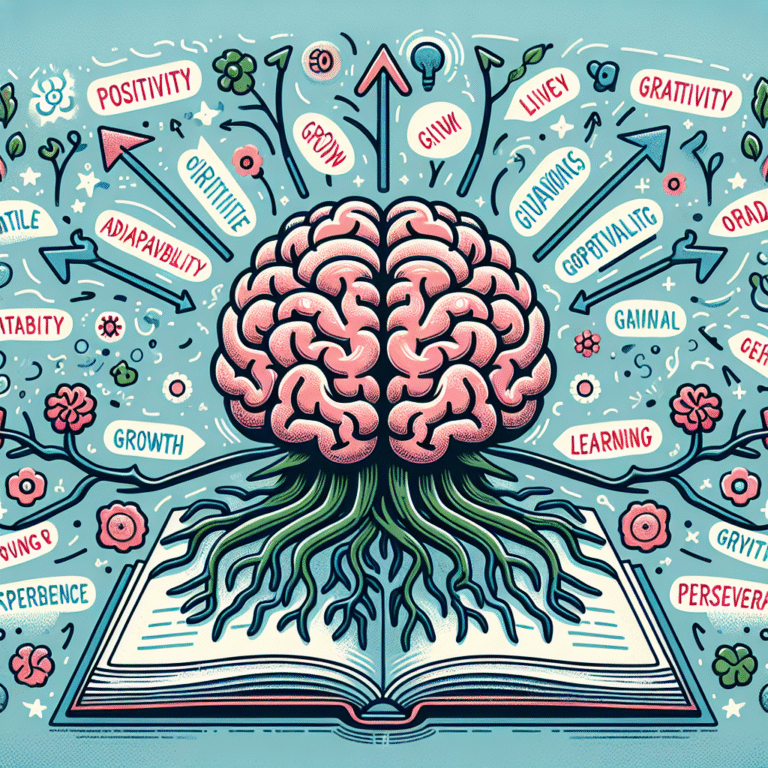Introduction
In an era where mental health challenges among students are at an all-time high, the need for holistic support systems has never been more pressing. The intersection of Social Emotional Learning (SEL) and mental health presents a golden opportunity for schools to cultivate environments that nourish both the mind and spirit of students. By understanding and implementing strategies at this intersection, educators and parents can foster resilience, promote well-being, and optimize academic performance. This article explores the transformative potential of integrating SEL with mental health initiatives in schools, emphasizing the importance of supporting students holistically.
Understanding SEL and Mental Health
What is Social Emotional Learning (SEL)?
Social Emotional Learning is a process through which students learn to understand and manage their emotions, set goals, show empathy for others, establish positive relationships, and make responsible decisions. The Collaborative for Academic, Social, and Emotional Learning (CASEL) identifies five core competencies of SEL:
- Self-Awareness
- Self-Management
- Social Awareness
- Relationship Skills
- Responsible Decision-Making
The Importance of Mental Health in Schools
Mental health is equally vital, affecting students’ emotional, psychological, and social well-being. According to the National Alliance on Mental Illness, one in five children ages 13-18 experiences a severe mental disorder at some point. This staggering statistic underscores the importance of a robust mental health support system in educational settings.
The Symphony of SEL and Mental Health
Why They Work Well Together
When SEL is implemented alongside mental health programs, the fusion creates a powerful support network for students. SEL addresses the emotional regulation skills that students need to manage mental health issues effectively while mental health initiatives provide the supportive structures necessary for SEL to thrive. The intersection of SEL and mental health enables schools to:
- Reduce stigma: By promoting mental health awareness within the SEL framework, students learn that seeking help is a strength, not a weakness.
- Improve academic performance: Social and emotional skills are linked to better academic outcomes, as they prepare students for social dynamics in classroom settings.
- Foster a positive school environment: An emotionally intelligent school culture enhances the overall well-being of students and staff alike.
Case Study: A Holistic Approach in Action
The A-B-C High School Initiative
At A-B-C High School, a pilot program began integrating SEL with mental health resources in 2022. The district partnered with local mental health organizations to offer workshops on emotional intelligence, resilience training, and peer counseling.
Outcome Analysis:
- Participation: 80% of students engaged in SEL workshops.
- Improvement in Mental Wellness: A follow-up survey revealed that reported anxiety levels dropped by 30%.
- Academic Performance: Grades improved by an average of 15% in core subjects.
The successful outcomes from the A-B-C High School Initiative exemplify the value of merging SEL with mental health support, demonstrating positive changes in student well-being and academic success.
Implementing SEL with Mental Health Programs
Creating a Collaborative Framework
Successful implementation requires the collaboration of educators, mental health professionals, parents, and the community. Schools should:
Establish Strong Partnerships: Collaborate with local mental health organizations for training and resources.
Training for Educators: Equip teachers with the skills to integrate SEL into their curriculum seamlessly.
- Monitor and Evaluate: Regularly assess the impact of combined programs to adapt and respond to student needs.
Training Programs for Educators
- Workshops: Focused on building emotional intelligence and implementing SEL activities in classrooms.
- Ongoing Support: Continuous mentorship for teachers to navigate challenges uniquely presented in diverse classrooms.
Resources for Students
- Counselor Access: Ensure students can easily reach out to school counselors for mental health support.
- Peer Support Groups: Implementing programs where students can share experiences and learn from one another can enhance SEL skills and provide valuable mental health support.
Case Study: The Eastwood Academy Model
Overview: The Eastwood Academy adopted an SEL-driven curriculum alongside comprehensive mental health services.
Data Analysis:
- Behavioral Improvement: Reports of bullying incidents decreased by 25%.
- Increased Attendance: A 15% rise in student attendance attributed to a more supportive environment.
Eastwood Academy’s results reflect the efficacy of creating a unified front to holistically address student needs in emotional and mental domains.
Addressing the Challenges
Barriers to Implementation
- Funding: Limited resources can hinder schools from adopting comprehensive initiatives.
- Training Gaps: Not all educators are adequately trained in SEL or mental health awareness.
- Cultural Stigma: Overcoming societal and familial stigmas surrounding mental health remains a significant hurdle.
Strategies to Overcome Challenges
- Advocacy for Resources: Schools should advocate for funding from government and community sources to unify SEL and mental health initiatives.
- Leveraging Community: Push for local businesses and organizations to sponsor SEL programs and resources.
- Parent Involvement: Hosting informational sessions and workshops that engage families in SEL and mental health challenges.
Conclusion
The intersection of SEL and mental health: supporting students holistically, encapsulates an innovative approach to education that could revolutionize student support systems. Schools are in a unique position to create environments where emotional intelligence thrives and mental health is prioritized. As we nurture students’ social and emotional skills alongside their mental well-being, we not only prepare them for academic success but also equip them with lifelong skills.
Embracing this integrated approach is more than an educational strategy; it’s a commitment to nurturing the future generation holistically. The merging of SEL and mental health is essential in empowering students, ensuring they leave school not only academically educated but also emotionally resilient and mentally robust.
FAQs
1. What is SEL?
Answer: Social Emotional Learning is a framework that teaches students to understand and manage their emotions, set goals, develop empathy, and improve decision-making skills.
2. Why is mental health important in educational settings?
Answer: Mental health is crucial because it directly impacts students’ emotional stability, academic performance, and social interactions.
3. How can schools implement SEL and mental health programs?
Answer: Schools can implement these programs by establishing partnerships with mental health organizations, providing training for educators, and creating accessible student resources.
4. What are the benefits of integrating SEL with mental health support?
Answer: The integration can reduce stigma, improve academic performance, and foster a positive learning environment.
5. How can parents contribute to SEL and mental health initiatives?
Answer: Parents can participate in workshops, advocate for school resources, and engage in conversations about mental health and emotional resilience at home.
By navigating the intersection of SEL and mental health with intent and commitment, schools can foster an environment where every student feels valued, supported, and empowered to succeed — both academically and emotionally.















